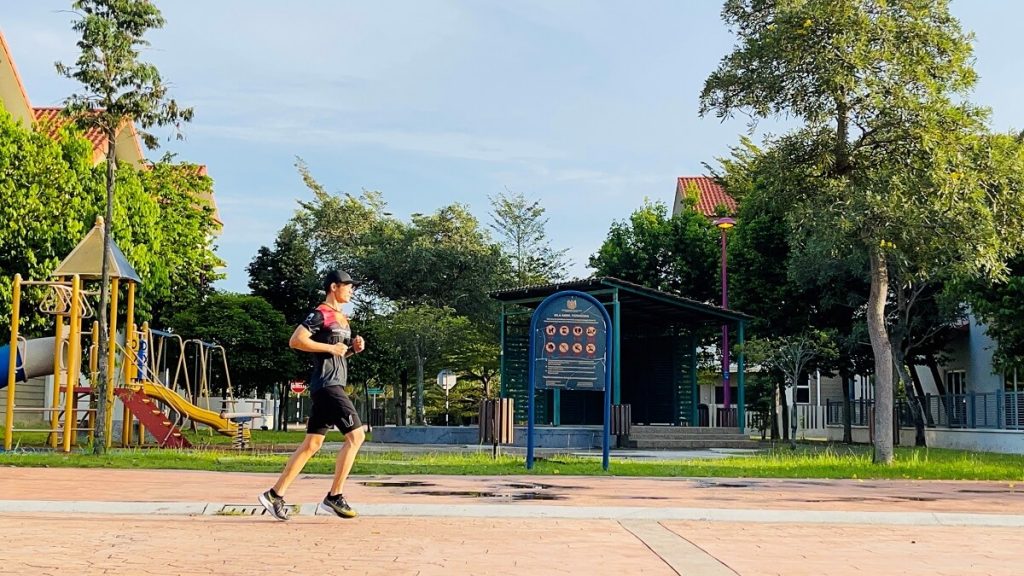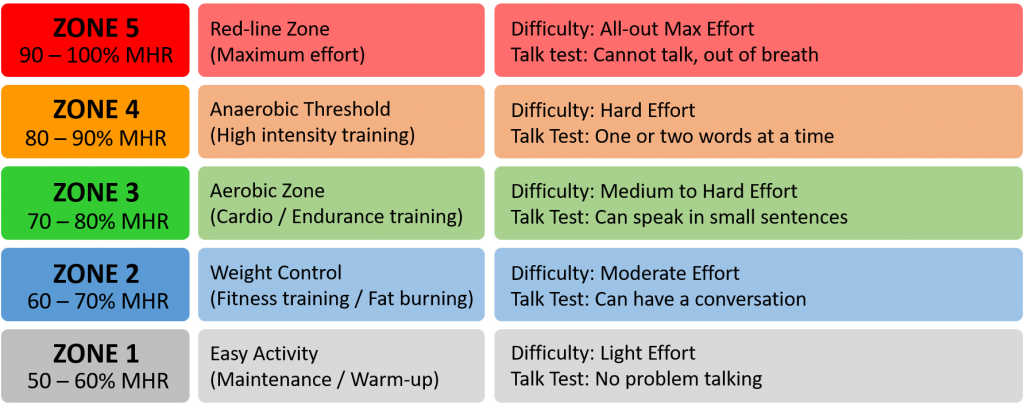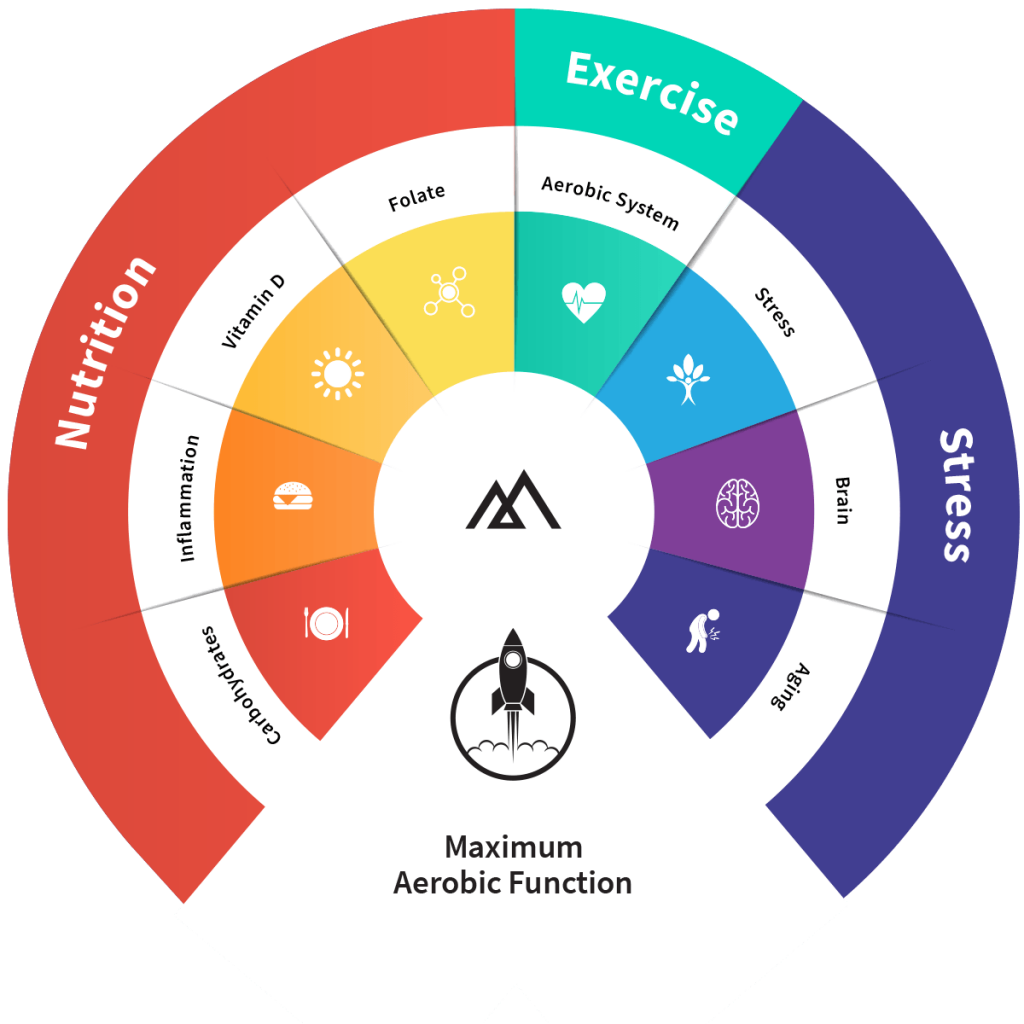
It may sound like I am selling snake oil, but if you were to run most of your training sessions in leisurely pace, you may just nail your goals during race-day like magic!
Interestingly, studies have found that running slower for the bulk of your runs can actually reap huge rewards. Apparently most, if not all, of the elite athletes train in this manner.
Running fast has never been my strength and I have always dreaded high-intensity workouts such as the intervals and tempo runs. So you can just imagine my interest in this revelation, which means that I could and should actually just continue to run most of my workouts slow, like the lazy runner I have been.
At the forefront of this idea are two renowned figures, Dr Stephen Seiler on his 80/20 rule for endurance training and Dr Phil Maffetone on the Maximum Aerobic Fitness (MAF) training method.
The 80/20 Principle
In his research, Dr Stephen Seiler of the University of Agder, Norway, one of the world’s foremost exercise physiologists, has shown that elite athletes actually train around 80 percent of the time at low-intensity, and then just 20 percent of their time training hard. He found that this 80/20 principle of running benefits the endurance system drastically.
Recreational runners on the other hand naturally gravitate towards running 50 percent of their workouts at moderate to high-intensity and the remaining 50 percent at low-intensity. Without coaching or guidance, amateur runners feel like they must go hard every time. The result is that many of them spend a lot of time running in the upper threshold area. According to Seiler, they may improve initially, but then they will quickly stagnate due to fatigue or injuries.
The most significant benefit of 80/20 running is injury prevention. If you spend most of your time (about 80% of your total volume) running at low intensity (which is at less than 70% of your max heart rate), the risk of injuries on your joints and muscles are considerably lower.
Common running injuries from training at high intensity includes IT band syndrome, runner’s knee, shin splints, plantar fasciitis and stress fractures. They are all a pain in the butt (literally) and will set you back for weeks to recover fully.
Running at low intensity will allow your body to have more time to recover from high intensity runs. This will especially benefit older runners because the older you get, the longer the time your body will need to recover from heavy workouts.
Running at low intensity means you are running at lower heart rate zones. This will increase your aerobic capacity over time. Aerobic capacity is an important component of your training for endurance race such as an ultramarathon.
What are the heart rate zones?
The following chart shows the common classification of heart rate zones for training. In general, heart rates can be categorized into five zones based on the percentage of individual maximum heart rate (MHR).

The 80/20 principle basically states that only 20 percent of your running should be done at high intensity which is Zone 3 and above, or above 70% of your maximum heart rate.
The balance 80 percent should be based on low-intensity work around the Zone 1-2 effort, which is between 50 to 70 percent of your maximum heart rate.
The rough guide to calculate your maximum heart rate is to use 220 and subtract your age. So if you are 40 years old, your maximum heart rate is calculated to be 180. This is only a very general guide which I have heard to be inaccurate for some runners, including myself. We are all physiologically different so you should expect some deviation from this very crude formula.
From experience, I personally feel that you should keep the 80 percent low-intensity work between Zones 2-3. Zone 1 is too light and easy that you may not yield much benefits from the time spent here. Taking a leisurely walk while fiddling with a smartphone probably falls into this category and it is definitely not productive in my opinion.
For the remaining 20 percent of your workouts you can focus on high-intensity runs that will take you to Zone 4 to 5 which includes intervals, tempo runs and sprints.
If you do use a heart rate monitor, you can monitor your zones effort based on the talk test. Basically you want to be able to run at a pace where you can hold a conversation or speak in short sentences in 80 percent of your runs. You will have to be conscious of your effort during the workout and be disciplined to record your training manually afterwards. If you are serious in your training, getting a heart rate monitor to pair with your running watch is highly recommended.
The 80/20 split should be used as a guideline rather as a strict rule. No one is the same and there should also be room for manoeuvre. It can range from 75/25 to 90/10 or even 95/5 splits depending on what you are comfortable with. Don’t overcomplicate things. Find out what works for you.
The following is a TEDx talk by Dr Seiler back in Dec 2019 on this subject. In this talk, he explained how modern exercise physiology laboratories reveal the body’s remarkable capacity for adaptation. Seiler has spent years studying the training habits of great endurance athletes. What he discovered shattered the myths he grew up with and revealed why the “no pain no gain” slogan is a fundamentally flawed approach to getting faster and fitter over time.
Maximum Aerobic Fitness (MAF) Method
The MAF Method is a philosophy developed by Dr Phil Maffetone over the course of 40 years of scientific research and clinical practice to help individuals of all ages, athletic abilities and physical issues to reach their human performance potential.
MAF stands for “Maximum Aerobic Function,” which essentially refers to the aerobic system, the fat-burning engine responsible for fuelling all of the body’s needs. Most of the body’s energy for daily living comes from the conversion of both sugar and fat to energy.
The idea is to rely on larger proportions of fat for your energy as it will lead to higher physical and mental vigour, improved health, and better all-around performance. Relying more on sugar on the other hand is associated with indicators of reduced health: low energy, increased body fat and weight, less endurance for daily living, and lower physical fitness.
The MAF Method is an open system which can be used on your individual health situation, track progress, and create helpful feedback. It also helps you personalize your approach to improve nutrition, balance exercise, and manage physical, mental and emotional stress. Above all, it teaches you to weave these components together to achieve better results.

The graphic above by Dr Phil Maffetone is an overview of the MAF philosophy. You can read on Maffetone’s work on his website.
https://philmaffetone.com/what-is-maf/
As you can see from the overview graphic, the MAF method is holistic and covers the big areas of nutrition, exercise and stress. For the purpose of this article, I will only be looking at the exercise component which involves primarily around the aerobic system and how we can turn on our body’s natural fat-burning capability.
The theory behind MAF training is to build your aerobic base so that your body can learn to run faster at lower heart rate. This delays the onset of your body tapping into the anaerobic system, thus enabling you to run longer and faster before your body starts to tire. With MAF Training, you run by your heart rate, as oppose to the usual metric of pace, often used for running.
Maffetone uses the heart rate as an indicator of how hard the body is working. He discovered that there is a defined threshold at which the body could run aerobically, burning fat as an energy source, and then an anaerobic system which is above this threshold when the body would switch to burning sugar instead. He calls this threshold the Maximum Aerobic Function (MAF) heart rate.
Since an endurance event relies heavily on the aerobic system, it is therefore suggested that efficient training of this aerobic system would generate improved racing performance. Training below this MAF threshold could help the body become more efficient at burning fat for energy, allowing you to train and race for longer before the body practically runs out of usable fuel.
With the human body only able to store a small amount of sugar as glycogen, an efficient fat-burner could provide a twin sugar and fat burning engine to harness much greater amount of energy. This is the basis of the MAF method.
How do you calculate your MAF?
Maffetone created his 180 minus your age formula as a good estimate of the level at which your body could optimally exercise aerobically. Once you have found your 180 minus your age value, there are some modifications which you can consider to find-tune your MAF heart rate.
The story behind the MAF 180 Formula and how to calculate your MAF can be found on this site:
https://philmaffetone.com/180-formula
This optimum training range spans across all your training, whether you are swimming, cycling or running. The training range provides maximum aerobic stimulation across all sports and it is the key to unlocking your endurance performance potential.
Truthfully, I’d only discovered the MAF method a few months ago (Q1 2021). If was only when I learned about this method that I started hearing some of my friends who are already training with it for some time. The MAF method has been around for some time and if you look it up you will be able to find a whole lot of resources, success stories and positivity surrounding it.
In order to maximise the efficiency of this aerobic, fat-burning MAF training method, Meffatone also stresses on the importance of nutrition. Eating more vegetable and fruit is standard. Junk food is a definite no-no, which is rather obvious. However the most difficult part I found on the MAF method is that it turns the nutrition war against sugary, processed, refined foods.
Since I love my desserts and ice creams, I will leave the discussion on nutrition for another day!
First shared: 20-May-2021